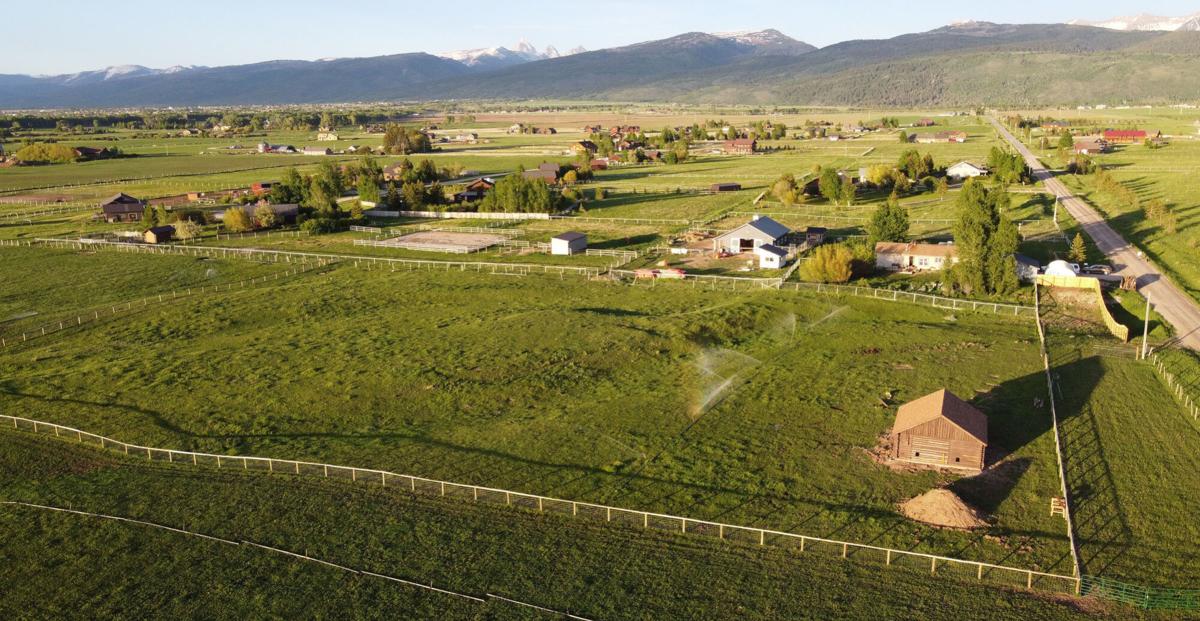VF-41 Black Aces F-14 Tomcat crew members who took part in Gulf of Sidra Incident recall the shooting down of Gaddafi Sukhoi Su-22M Fitter fighter bombers
‘The F-14 had incredible superiority in the turn rate and radius over the Su-22, especially because we flew the F-14A Block 95 model with the auto-manoeuvring slats and flaps, which worked phenomenally well,’ Lt Lawrence “Music” Muczynski, former F-14 Tomcat pilot.
On Aug. 19, 1981, the famous Sidra Gulf Incident in which two Grumman F-14 Tomcat interceptors of US Navy (USN) squadron VF-41 ‘Black Aces’ shot down two Libyan Arab Air Force (LAAF) Sukhoi Su-22M Fitter fighter bombers took place.
As told by Tom Cooper, Albert Grandolini and Arnaud Delalande in their book Libyan Air Wars Part 1: 1973-1985, around 6:00am on that day, six F-14s and four F-4s, supported by two E-2Cs, took off towards their patrol stations. As on the previous day, the southernmost of these was inside the airspace claimed by Libyans. After Hawkeyes and fighters, USS Nimitz and USS Forrestal launched a similar number Lockheed




















